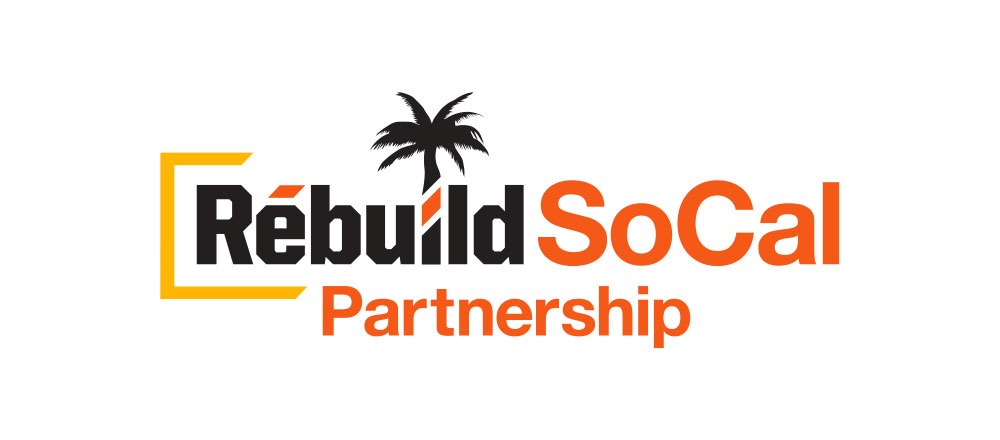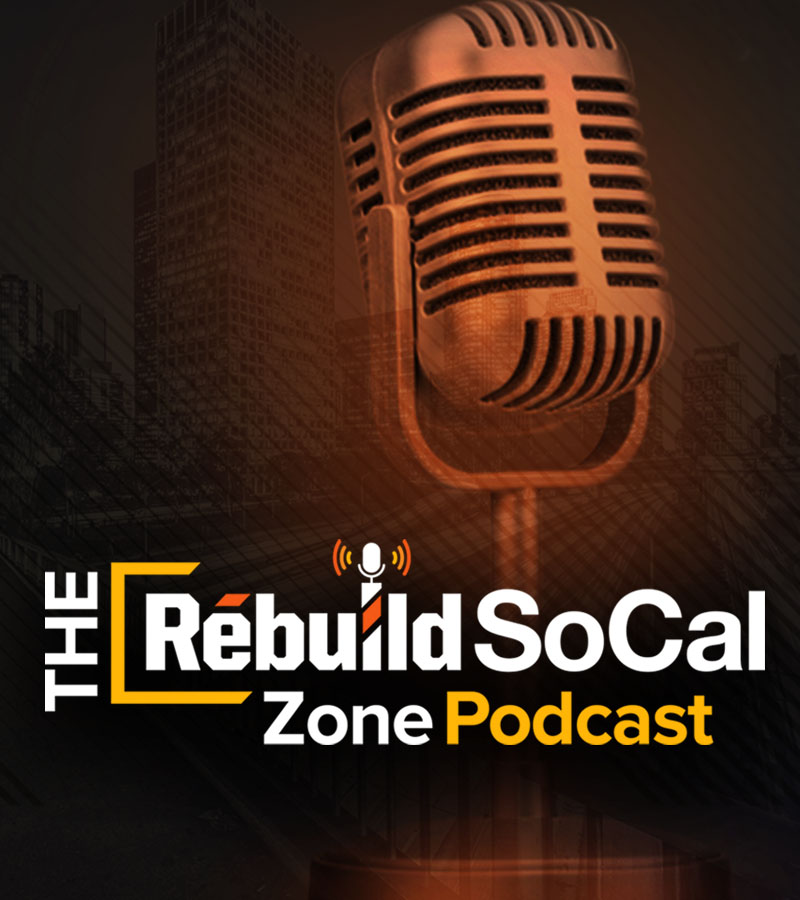Iconic Infrastructure of SoCal
Dionne Warwick sang that “L.A. is a great big freeway” and in many ways it’s not hyperbole. Within Los Angeles County, there are approximately 650 miles of freeway and most go through the city. When you consider that the City of L.A. is only 503 square miles, that’s a lot of roadway coverage.
SoCal’s history is long-tied to freeways. Ahead of the national trend (as we often are), California opened the first freeway in the West, The Arroyo Seco Parkway (110) in 1940. Most other parts of the country didn’t get highways until President Dwight D. Eisenhower launched the Interstate Highway system 16 years later in 1956.
What’s in a name?
Californians typically add “the” before the freeway. This is likely a habit that developed because many numbered routes had names prior to the numerical switch in 1964. The San Diego Freeway became “the” 405. Here are the names that correspond with the numbers for the freeways you drive:
- Antelope Valley Freeway (SR-14)
- Arroyo Seco Parkway formerly known as the Pasadena Freeway, (SR-110 north of downtown LA)
- Artesia Freeway (SR-91 between I-710 and I-5)
- Foothill Freeway (I-210)
- Garden Grove Freeway (SR-22)
- Gardena Freeway (SR-91 between SR-110 and I-710)
- Glen Anderson Freeway, AKA Century Freeway (I-105)
- Glendale Freeway (SR-2)
- Golden State Freeway (I-5 north of downtown LA)
- Harbor Freeway (I-110 south of downtown LA)
- Hollywood Freeway (US-101 south of downtown LA)
- Hollywood Freeway (SR-170 north of downtown LA)
- Long Beach Freeway (I-710)
- Marina Freeway (SR-90)
- Orange Freeway (SR-57)
- Pacific Coast Highway – PCH (SR-1)
- Pomona Freeway (SR-60)
- Riverside Freeway (SR-91 between I-5 and I-215)
- San Bernardino Freeway (I-10 east of downtown LA)
- San Diego Freeway (I-405)
- San Diego Freeway (I-5 South of I-5/I-405 junction)
- San Gabriel Freeway (I-605)
- Santa Ana Freeway (I-5 south of downtown LA)
- Santa Monica Freeway AKA Rosa Parks Freeway (I-10 west of downtown LA)
- Santa Paula Freeway (SR-126)
- Simi Valley Freeway, AKA Ronald Reagan Freeway (SR-118)
- Ventura Freeway (US-101 northwest of downtown LA)
- Ventura Freeway (SR-134 northeast of downtown LA)
Mapping major routes
Here are the major freeway routes that wind through the City of Los Angeles.
I-405 (San Diego Freeway): Possibly the most well-known of all SoCal freeways,
I-405 is the busiest and most congested freeway in the United States. It also played an important role in the development of the sprawl of Los Angeles and Orange counties as a number of cities were established along the route that begins at I-5 in the Mission Hills district and goes south to reconnect with the 5 at the El Toro Y Interchange in Irvine.
Most of the path of the 405 follows the Pacific coastline, going through the San Fernando Valley and over the Sepulveda Pass in the Santa Monica Mountains before bending from a north-south route to east-west in Torrance and then continuing south through Long Beach and into Orange County. Los Angeles International Airport (LAX) is located directly off the 405.
I-10 (Santa Monica Freeway & San Bernardino Freeway): Created by the federal government as a truck route to connect Los Angeles with the rest of the country, what starts at the Pacific Coast Highway (SR 1) in Santa Monica, becomes the fourth-longest Interstate in the United States (2,460.34 miles) that can be traveled all the way to Jacksonville, Florida.
This major east-west interchange crosses the 405 to the East Los Angeles Interchange, southeast of Downtown LA. Continuing east, it goes into the San Gabriel Valley and into San Bernardino County.
While all freeways are highways, not every highway is a freeway. By definition, freeways are free from stoplights, at-grade crossings, and intersections as well as tolls. But along 10/110 are the only tolls within Los Angeles County with Metro ExpressLanes. These lanes are designed to reduce congestion, improve traffic flow, and provide travel options for a fee.
SR 110 – I-110 (Harbor Freeway): The 110 begins at Gaffey Street in San Pedro and is an important route to connect the ports of Los Angeles and Long Beach to Pasadena. There, freight is moved to warehouses further inland. Travel the 110 through downtown and you’ll pass Dodger Stadium, Staples Center, Los Angeles Memorial Coliseum, the University of Southern California, and the Los Angeles Convention Center.
US 101 – SR 134 (Ventura Freeway): Constructed in the mid-1950s by connecting many smaller roads, US 101 is a major north–south route that begins about one mile east of downtown Los Angeles (at the junction of the I-5, I-10, and California State Route 60) and stretches up to Tumwater, Washington. Called “Ventura Highway” in America’s hit song, this vital transportation corridor is to the economy; US 101 connects with I-5, I-10, I-110 and I-405 in Los Angeles. Drive the 101 in L.A. through Echo Park, Silver Lake, Los Feliz neighborhoods and also pass Universal Studios Hollywood in Studio City. Travelers who headed north who have the option of US 101 or I-5 often choose US 101 due to better scenery, especially along the coast.
I-5 (Golden State Freeway and Santa Ana Freeway): A Los Angeles resident can jump in their car to take this route north to Canada or south to Mexico on the only continuous interstate to touch both borders. In L.A., this major north-south route passes Six Flags Magic Mountain in Santa Clarita, winds south through Burbank, passes the eastern side of Griffith Park and can be taken to get to Disneyland in Buena Park.
Los Angelenos who take I-5 north hit “The Grapevine,” a 40-mile stretch in Kern County from just north of Castaic to the San Joaquin Valley. Many travelers more familiar with L.A.’s sunny and relatively dry weather conditions find themselves unprepared for higher elevations where wet, snowy or icy roads sometimes require authorities to shut down this route.
I-605 (San Gabriel River Freeway): While it doesn’t go through the City of Los Angeles, it’s still a well-traveled freeway in the region that sees more than 317,000 vehicles a day. This 27-mile-long north–south route starts where the I-405 and SR 22 meet in Seal Beach and goes up to I-210 in Duarte. It got its name from closely following the path of the San Gabriel River.
Learn more about the Los Angeles roads and highways and stay up-to-date on other important infrastructure issues by signing up for the Rebuild SoCal Partnership newsletter. Follow us on Facebook, Twitter and Instagram, and listen to The Rebuild SoCal Zone podcast.

